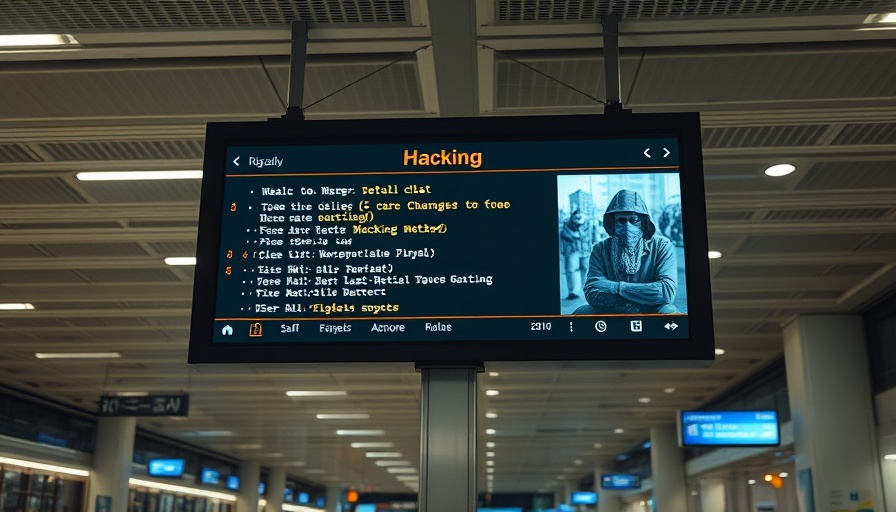
Understanding Trump's Ambitious Gaza Peace Plan
In the wake of a delicate cease-fire between Israel and Hamas, President Donald Trump’s 20-point peace plan is now under scrutiny, as both sides grapple with the complexities of creating a durable peace. While the initial phase of the plan—marked by a host of hostages released and humanitarian aid flowing into Gaza—has instilled a sense of cautious optimism, the uphill battle to disarm Hamas presents profound challenges.
Ceasefire: The Easy Response to a Terrible War
The ceaseless violence over the past two years has decimated Gaza, leaving thousands dead and civilians traumatized. Now that a cease-fire has been agreed upon, the tasks ahead demand a nuanced approach: engaging with an ideologically entrenched movement in Hamas and building trust where decades of conflict have instilled deep fears.
As highlighted in reports, the recent negotiations yielded a temporary halt to hostilities and a tentative plan for long-term peace. What remains uncertain, however, is how effective it will be in handling Hamas's arsenal. Israeli officials insist on Hamas’s complete disarmament—a demand they see as critical to Israel's security. Yet, such an endeavor poses a monumental challenge, as disarming a group deeply rooted in armed conflict raises ideological questions about its very identity.
The Complex Reality of Disarmament
Hamas was born from a revolution—a group that views its arms not merely as weapons but as symbols of resistance. The transition from armed rebellion to political leader requires not just physical disarmament but an ideological dismantling too. Critics like Akram Atallah emphasize that asking Hamas to lay down arms is akin to asking it to dismantle its foundation: “Hamas was founded on the basis of bearing arms.”
Looking to the Future: Uncertainties Ahead
As negotiations progress—or stall—it’s vital to consider the broader implications of Trump’s plan. Analysts predict that the evolving political landscape in Israel will complicate things further. With various factions within the Israeli government more interested in maintaining the status quo than pursuing real peace, the ambitious goals set out by Trump may devolve into mere rhetoric.
International Involvement: Will It Hold?
Trump's vision for a transitional authority in Gaza and the establishment of a peacekeeping force may seem promising, but there's skepticism regarding the international commitment needed for successful oversight. Past peace agreements have often been undermined due to insufficient follow-through from foreign powers, and without genuine investment and involvement, it's easy to see how this plan could falter.
Reflecting on the Human Cost
As the world watches, the humanitarian crisis in Gaza cannot be overlooked. Images of desolate neighborhoods, displaced families, and destroyed infrastructure highlight the real-world consequences of political machinations. Solutions should not only address the ceasefire but also ensure the recovery and rebuilding of civilian life. Trump's acknowledgment of the humanitarian destruction alongside military discussions is both necessary and long overdue.
Final Thoughts: Navigating The Path Forward
The challenge is monumental. A peace plan that succeeds in genuinely neutralizing hostilities and fostering a foundation for democracy in Gaza could be groundbreaking, yet as history shows, the road to peace is littered with obstacles. The question remains: can this peace plan evolve into a lasting resolution, or will it succumb to the very forces that propelled the conflict in the first place?
 Add Row
Add Row  Add
Add 




Write A Comment